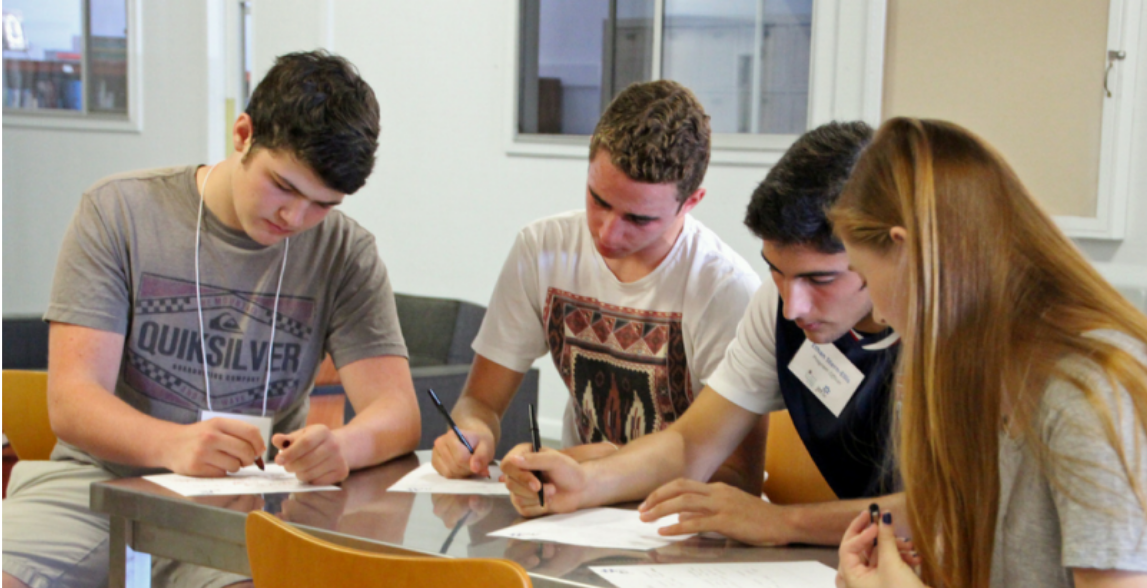By Danielle Segal, JTFN Program Manager
Have you ever had a dream which seems so bizarre when you wake up, but your sleep-induced logic made complete sense out of the scenario? It makes total sense that I would be flying through the sky, on my way to deliver chicken soup to an old school friend who now lives in a cave on Mars, right?! Other times, our dreams can be so literal it’s embarrassingly obvious: dreaming of missing a flight when you have a plane to catch, dreaming of flunking a test when you have one the next day, dreaming of a family member who you haven’t spoken to in a while and you must remember to contact them on their Birthday. What do we do with those residual feelings when we wake up in the morning?
In this week’s Parasha (Torah Portion), Vayeitzei, we hear of Jacob and his rather surreal dream of a huge ladder, populated by angels, stretching up to the heavens. When Jacob wakes up, he declares that God is present in this place, and blesses the stone on which he has been laying his head by raising it as an altar.
Whether it is the presence of the angels, or the symbolism of the ladder stretching up to the sky, Jacob is drawn to the unusual messaging in his dream and feels compelled to take action, thank God, make a blessing and continue on with his journey to Charan.
Jacob’s ladder might be arguably the most famous of the ladders in Judaism (#famousjewishladders), however this runged-item also appears in other Jewish literature and traditions.
In some Jewish communities, it is traditional to bake a ladder-shaped challah at Rosh Hashanah in order to symbolize journeying to speak to God. In other communities, ladder-shaped Challah are served before the Yom Kippur fast to represent ascending “to great heights”. Maimonides, a medieval Jewish philosopher, developed an eight-level explanation of charitable giving, known by the cool kids as “Maimonides Ladder”, this ladder being a firm favorite of Jewish teen philanthropy curricula across the globe.
So why a ladder? The angels in Jacobs dream could arguably have been flying or floating up to heaven without a physical aid. Maimonides could have chosen any number of objects to signify levels or achievements in the sphere of Jewish righteous giving. Why has the ladder become this symbol for accession and achievement?
In Jewish teen philanthropy, decision by consensus is practiced, where every voice matters and every voice is heard. No one opinion is more important or valuable than any others, and when conversations and positive actions layer on top of each other, the whole group can achieve. The ladder’s sides are parallel and the rungs are all the same size; there is no tapering at the top (like a pyramid) where only a few can ascend to the highest rungs. There is always room to move up!
Whatever the final outcome is, whether the teen board is funding a long term program, or giving away a one-off donation, our actions start with an idea; a dream. By guiding teens to reach new heights, we are helping make those dreams a reality.
